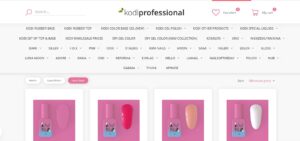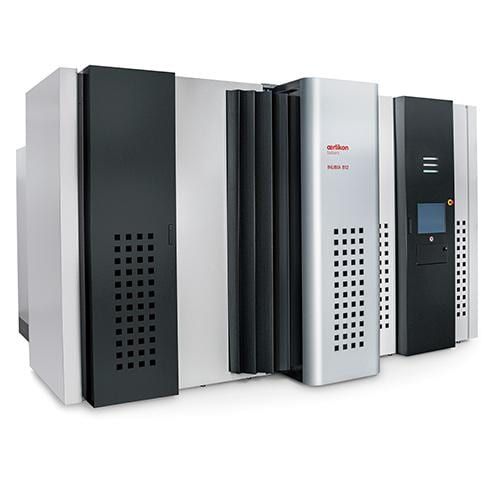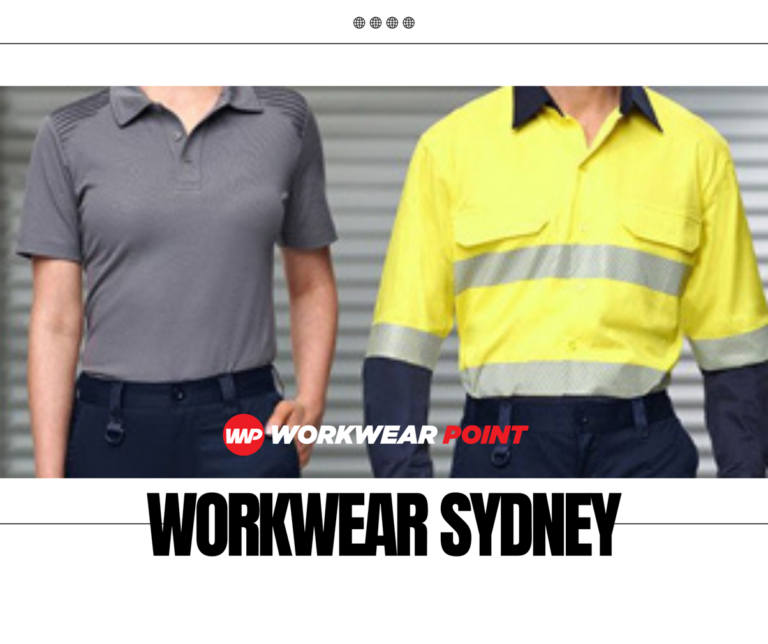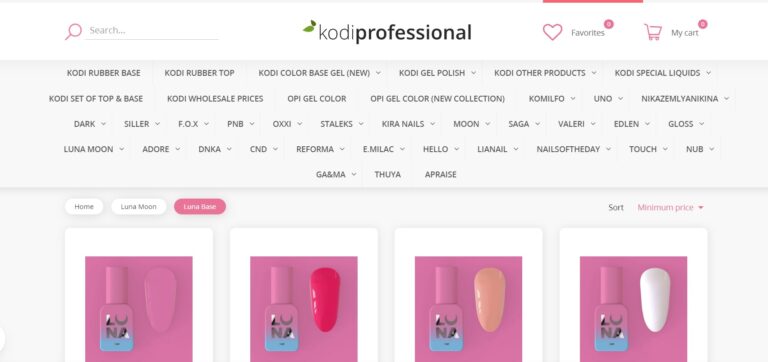Buying injection molds for medical devices or consumer appliances from China can be a great way to reduce costs while still getting high-quality tools. However, the process requires careful planning and execution to ensure you receive molds that meet your specifications. This guide covers key considerations for medical device and consumer product companies looking to source molds in China.
Working with Chinese Mold Makers
Sourcing molds in China starts with finding a reputable manufacturer to work with. Look for companies with specific expertise in the type of tool you need – medical, high precision, multi-cavity, etc. Ask about their design capabilities, equipment, quality control standards, and experience with similar molds. Ensure they can meet your budget and production timeline.
Medical Injection Molding and Consumer Appliance Plastic Mold makers in China often provide value-added services like design, machining, finishing, and even assembly. However, language and cultural barriers can still present challenges. Working with a sourcing agent or partner already familiar with Chinese mold makers can help bridge these gaps.
Designing Quality Molds
The design phase is critical to creating effective, durable molds. Chinese manufacturers can handle everything from initial concept drawings to CAD modeling and mold flow analysis. Provide detailed specifications and requirements upfront. Define expected mold life, cycle times, tooling tolerances, surface finishes, material selection, etc.
Reducing mold complexity often decreases costs. Simpler tools typically require less programming time and machining work. Discuss options with your Chinese partner to balance design priorities with budget realities. Iterating on drawings and renderings will help optimize the tool design.
High Standards for Machining and Manufacturing
With design complete, focus shifts to high-precision CNC machining and mold manufacturing. Reputable Chinese shops use advanced equipment – including 5-axis mills, wire EDM, CNC lathes, grinding, and more. However, having clear standards in place ensures the tool is crafted to meet specifications.
Define acceptable tolerances and validate them through first article inspections. Use photos and videos to review machining processes and surface polishing. Voice concerns immediately to prevent small issues from becoming big problems later on. Audits help guarantee the manufacturer adheres to quality protocols. Discover more about the fascinating realm of medical injection molding right this way.
Essential Mold Testing and Trial Runs
Once built, the mold must be rigorously tested to confirm performance matches design intent. Chinese manufacturers typically conduct in-house validation before shipping molds. Require testing for:
- Dimensional accuracy – Confirm critical dimensions are within specified tolerances
- Cycle timing – Ensure mold meets expected shot size and cycle rates
- Cosmetics – Review surface finish, texture, and other cosmetic factors
After initial testing, schedule production trials of real parts. Validate molding parameters like temperature, pressure, fill rates, and cycle times. Tweak settings to optimize quality and repeatability. Minor adjustments may be needed to achieve full validation.
Quality Assurance for Consistent Performance
Effective quality control ensures consistent mold performance over the full production lifetime. Medical molds in particular require robust protocols and documentation given regulatory requirements. Key elements include:
- Traceability – Raw materials and mold components should be traceable back through supply chain
- Process controls – Ensure consistent manufacturing methods and equipment calibration
- Inspection plans – Define frequency and methods for mold inspections and testing
- Change control – Manage revisions and prevent unauthorized changes
- Documentation – Maintain detailed records for validation, maintenance, repairs
Work collaboratively with your Chinese partner to implement and follow QA protocols. Perform regular audits and inspections even after validation. Address any non-conformances immediately.
Logistics for Shipping Molds Overseas
Once molds complete manufacturing and testing in China, finish the process by shipping tools overseas to your facility. Sea freight is most economical for large molds and bulk orders. Air freight accelerates delivery but at a premium cost. Use protective cases and cushioning to prevent damage.
Mold shipping regulations vary. Exporters handle required documentation like commercial invoices, packing lists, and Bill of Lading. Import taxes, duties, and tariffs may apply depending on your location – discuss with your logistics partner. Clear customs efficiently by providing complete paperwork. When it comes to crafting plastic molds for consumer appliances, this source is a goldmine here.
Conclusion
Sourcing high-quality medical and consumer appliance injection molds from China is clearly viable but requires work. Find an experienced partner. Set clear specifications. Monitor manufacturing closely. Implement robust quality systems. With attention to these key steps, Chinese mold makers can deliver the tools you need at the right price and quality.



















